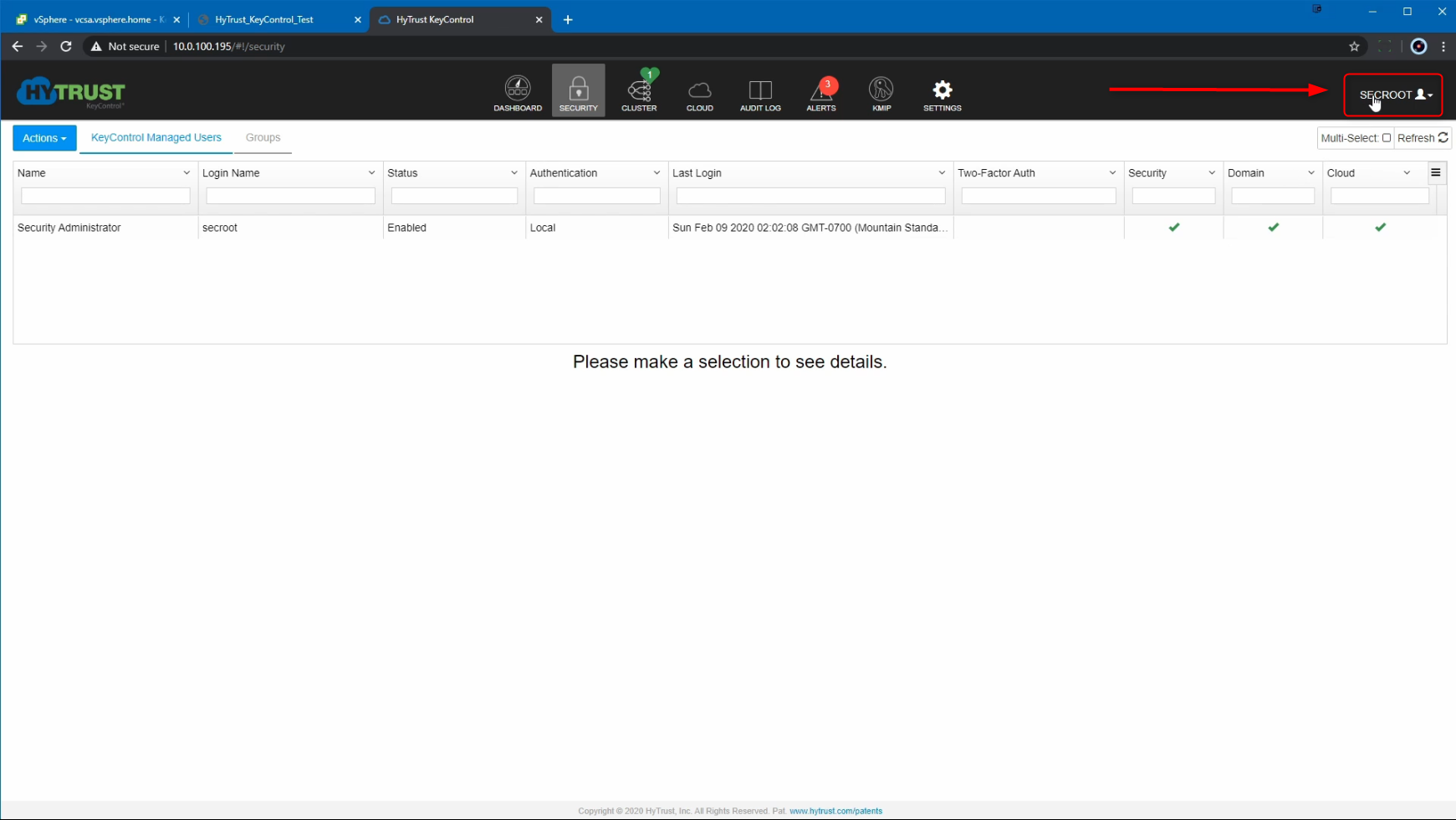Enhanced Linked Mode Replication on vSphere 6.x and 7.x
A platform services controller, or a PSC (which can be an external appliance, or embedded into VC) handles vSphere single sign-on (SSO), licensing, tagging, global permissions, custom roles, and certificate management. More Info:
https://blogs.vmware.com/vsphere/2017/10/platform-services-controller-psc-6-x-faq-now-available.html
We often read about PSCs replicating between each other, but more often than not, it is unclear WHAT exactly is being replicated between the PSCs. When you deploy multiple PSCs (or vCenters with embedded PSCs) in the same SSO domain, the PSCs will be replicating VMDIR data with each other, depending on how replication is configured.
Based on VMware documentation available here:
https://docs.vmware.com/en/VMware-vSphere/6.5/com.vmware.psc.doc/GUID-FE4E0496-A14C-4331-A7D6-1200F7C068A5.html
VMDIR data includes: authentication, certificate, lookup, and license information. If your domain contains more than one Platform Services Controller instance, an update of VMDIR content in one VMDIR instance is propagated to all other instances of VMDIR (i.e the other PSCs or embedded VCs).
In this example, we are using 3x 6.7 PSCs, all part of the same "vsphere.local" domain.
